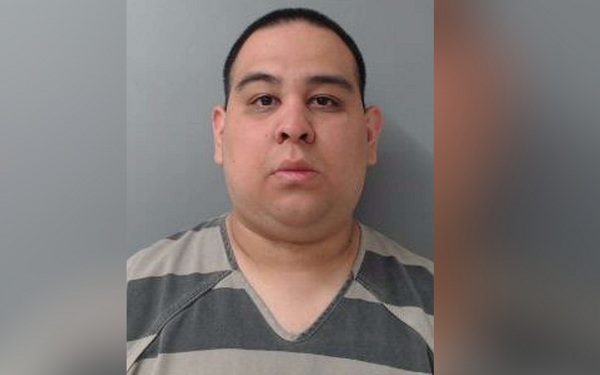
Over the past decade in Australia, how housing for those in need is delivered and maintained has radically shifted. Public housing, which is managed and owned by state and territory governments, is on its way out. Community housing, which is managed (and often owned) by private not-for-profit organisations, is on its way in.
This has fuelled strong public interest in saving public housing from renewal programs aimed at demolishing out-of-date builds to replace them with social alternatives, as well as calls for governments to return to exclusively building public housing.
What’s missing in this discussion though is genuine introspection into the question of why governments are getting rid of public housing.
It’s easy — and reasonable, frankly — to be cynical about the intentions of any government, assuming it just wants to avoid taking responsibility for our most vulnerable or trying to line the pockets of its “developer mates”.
But imagining ourselves as the decision-makers enables us to understand the ending love affair with public housing — and it all has to do with the way the federal government funds the states and territories.
States and territories are tasked with the bulk of the service delivery, which is another way of saying they spend a lot of money. However, they also have limited tax powers to raise that money. On the other hand, the Commonwealth has significantly more money-raising capacity than its need to spend. This is why on average a whopping 45% of state and territory funding comes from Commonwealth grants. This is the much-dreaded vertical fiscal imbalance.
This 45% of funding, of course, doesn’t come without strings attached. A majority of Commonwealth contributions are tied up in grants or agreements that control the way the states and territories spend the cash. So if a state or territory government wants to enact ideas unaligned with the Commonwealth, they will often be left to foot the bill with the little pocket money they have, kneecapping the ambitions of any pricey policy pursuits — such as a public housing agenda.
We saw this with the 2017 Homes for Victorians package, which contained $341 million solely from the Victorian government to “renew and expand public housing stock”. Of this, $185 million was allocated to the controversial Public Housing Renewal Program, the implicit aim of which was the demolition and rebuilding of well-located, old public housing by leveraging public-private partnerships to produce higher-density developments with a mix of private and non-profit-run community housing.
But why focus on demolition and renewal if you’re aiming to expand the number of homes? Because, without Commonwealth money, state and territory government bean counters need to stretch each dollar as far as it can go.
The advantage of renewal is that it expands supply while eliminating the rapidly growing maintenance costs of older stock, as well as also expanding the overall social housing stock — albeit primarily via community housing. The associated public-private partnerships — selling or leasing public land to the private sector — also net the government more bang for its buck.
In the case of Victoria’s Public Housing Renewal Program, the partnership decreased per-housing costs from $300,000 to $104,000. From the state government’s perspective, the model absolutely works.
But this raises another question: why build the social housing stock through community housing instead of public housing? This is where the fiscal imbalance rears its ugly head again in two distinct ways.
First, state governments, and public housing providers by extension, have to pay GST on the goods and services they consume. Meanwhile, non-profits are exempt from GST, making community housing at least 9% cheaper to build and maintain thanks to federal government taxation settings alone.
The second fiscal imbalance: public housing tenants are not eligible for Commonwealth rental assistance (CRA), while community housing tenants are. This doesn’t usually make a difference to tenant costs, but it does enable community housing providers to charge extra rent to capture a federal subsidy made available to nonprofits — but not to states.
The sum of these deliberate choices by the Commonwealth was most starkly highlighted by Simon Newport, the CEO of the government agency managing Victoria’s social housing system, Homes Victoria. During the Victorian inquiry into the rental and housing affordability crisis, Newport testified that the GST exemption and CRA eligibility changes would boost the Homes Victoria budget by upward of $150 million per year.
To put this into perspective, as part of the National Housing and Homelessness Agreement, the Commonwealth funded $209.9 million of Victoria’s social housing expenditure in 2022. These funding reforms would match that every one and a half years.
Vital in the fight to save public housing is remedying the perverse fiscal imbalance between the federal government and the states and territories. While state governments are forced to do the dirty work of implementing austerity, the Commonwealth holds the levers to reverse it.
More funding and more certainty will empower social housing bureaucrats to stop worrying as much about how they’re going to pull off fiscal miracles and focus on delivering better outcomes for their tenants — both existing and future.
Can the battle to save public housing be won, and how? Let us know your thoughts by writing to letters@crikey.com.au. Please include your full name to be considered for publication. We reserve the right to edit for length and clarity.







